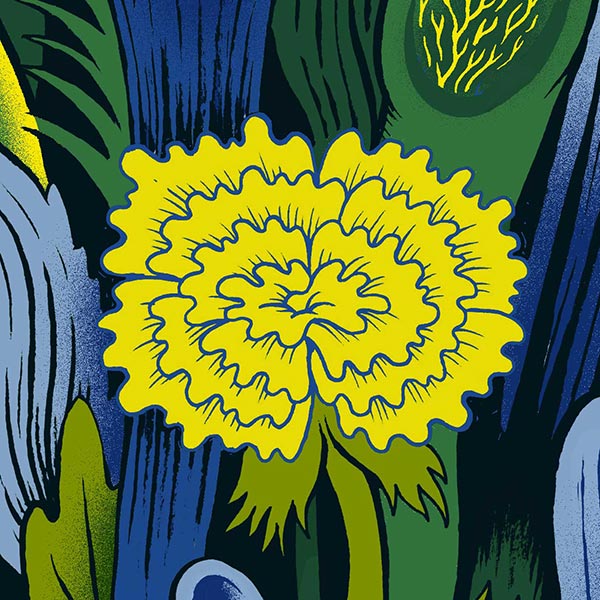As an employee of Science Practice it has never been easy to explain to people I meet at dinner parties what I do at work. This is particularly true when trying to describe the work we’ve been doing this year to support Nesta on the Longitude Prize 2014. It takes quite a bit of explaining to make someone understand what “design-led research for challenge prizes” means. Last week however, I attended the Challenges of our Era Summit organised by Nesta, which tackled precisely this topic: what are challenge prizes and what does it take to design one well?
The event was packed with distinguished speakers such as Astronomer Royal Lord Martin Rees, Naveen Jain - Serial Entrepreneur and Philanthropist, Esther Dyson - Angel Investor, Philanthropist and Founder of HiCCup, Anne Jellema - Chief Executive at World Wide Web Foundation, and surprise guest, will.i.am. Here are my reflections from the day.
‘No two challenge prizes are the same.’
— Jenn Gustetic, Open Innovation
Imagine I just bumped into you at a dinner party - here’s how challenge prizes work: a significant global problem is identified and formally publicised as a challenge, with a reward for the person or organisation who can find the first or best solution.
This is a simple idea, and because our world is riddled with problems such as overpopulation, global warming, growing extinction rates, or gender inequality, there should be plenty of opportunity to stage challenge prizes. Yet deciding on how to define these problems and how to shape a challenge prize around them demands careful reflection.
Take one of the problems up for discussion at the Summit - Access to a Connected World. There are many ways of approaching this challenge. One way might encourage the development of a cheaper global infrastructure, while another might focus on improving digital literacy. Although attempting to solve the same problem, these two challenge prizes would lead to significantly different solutions. Deciding on how to define a problem so that proposed solutions can have the greatest positive impact takes time, skill, and practice.
‘Challenge prizes are 10% strategy and 90% execution.’
— Geoff Mulgan, Nesta
Defining the problem to be solved is an essential first step in designing a challenge prize. But a lot of additional work builds on this. One of the calls of the Summit was to push conversations around challenge prizes beyond this problem definition phase and explore best practices in developing and executing challenge prizes. What are the most effective ways of engaging people in the prizes, how to foster collaboration, what kind of support to offer competitors, how to effectively communicate the prize? These are all important questions that need to be addressed as they form an integral part of the structure of a good challenge prize.
‘An abundance of ideas, but a scarcity of action.’
— Esther Dyson, HiCCup
Challenge prizes are not only about capturing people’s imagination and encouraging innovation. They are also about transforming these ideas into scalable and impactful solutions. Greater attention needs to be paid to the quality and impact of the solutions emerging from challenge prizes, and the support they receive during the competition as well as beyond it. A more pragmatic conversation needs to be had about the ability of these ideas to scale up, to enter the market and actually make a positive impact.
‘Longitude Prize?… Tell me more about it.’
will.i.am made a strong point about the ability of a clear message to inspire and motivate people. Although he was talking about his work through the i.am.angel foundation which encourages kids from difficult backgrounds to stay in school, this lesson could also be applied when communicating challenge prizes.
A challenge prize should be able to translate the complexity of a problem into a simple and engaging narrative. This would not only help attract participants in the search for a solution, but it could also open up a broader dialogue around existing barriers and opportunities.
‘There is no magic wand.’
— John Elkington, Volans
A well-designed challenge prize should be simple to communicate, but attaining this simplicity requires skill and careful consideration.
In the afternoon workshops, participants were asked to come up with a statement - or goal, for a potential challenge prize. One of the steps in this process was to imagine what the world would look like if we had a magic wand that could miraculously solve the challenge. Although imaginative, such simplifications can be problematic when discussing challenge prizes as they may lead to unrealistic expectations about their impact.
Challenge prizes are not magic wands. They can’t guarantee the emergence of a solution or the positive impact it will have at a global scale. The added value of a challenge prize lies in its ability to synthesise a problem and clearly iterate the goal that needs to be attained. Achieving this without trivialising the challenge is a significant task, but a necessary one if progress is to be made towards a solution.

